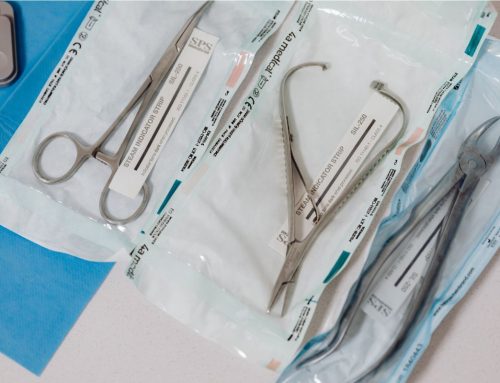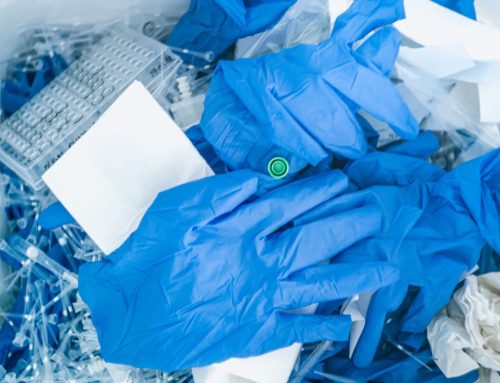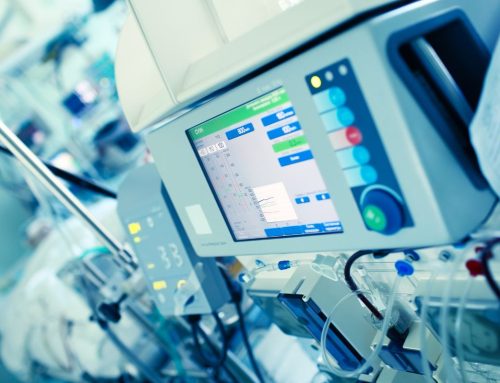Surface contamination is a significant concern in every type of medical or healthcare facility. From work countertops to door handles in a hospital setting, reducing nosocomial or hospital-acquired infections is a primary goal for the entire medical community. Protecting people from medical surface contamination starts with understanding how the contamination occurs, the risks for patients and staff, and how best to prevent pathogens from thriving on surfaces.
How Medical Surfaces Get Contaminated
Healthcare environments contain a wide range of microorganisms, many of which are shed or spread by direct contact between human skin and surrounding surfaces. Surfaces where such organisms gather can become breeding grounds for viruses and the bacteria that coexist with them.
Airborne pathogens travel on air currents or in droplets, lingering in the air before landing on and clinging to surfaces. Often, people touch surfaces after contact with bodily fluids. Contaminated products and containers placed on surfaces can also leave a residue that either contains or attracts bacteria, making them rich sources of disease.
Risks of Surface Contamination
Contaminated medical surfaces pose several risks to both healthy and compromised individuals. Since the beginning of the Covid-19 pandemic, people have grown used to disinfecting surfaces frequently to prevent disease transmission. In medical settings, some of the risks that can be traced to direct or indirect surface contamination include:
– Diseases spread by droplets, such as flu, common cold, rubella, and meningococcal disease
– Bacterial infections such as staphylococcus aureus, healthcare-associated multi-resistant staph or HA-MRSA, or sepsis
– Airborne diseases such as chickenpox, measles, and tuberculosis
– Mucous membrane diseases such as conjunctivitis, scabies, and herpes simplex
– Body fluid diseases such as hepatitis B, C, or C-difficile.
These are just a few conditions humans can contract from contaminated surfaces, so every healthcare facility must practice high-quality hygiene and sanitation.
Protecting Surfaces from Contamination
The use of antimicrobial additives to surface coatings can help to prevent bacteria and microorganisms from sticking to the surfaces in the first place. Combined with hermetically sealed rubber or powder coatings, these additives create comfortable, durable surfaces on high-touch objects such as door handles, equipment grips, and fasteners. The lower pathogen population makes it easier to limit the spread of disease from one surface to another. This reduces the risk of transmission. Padded areas, cushions, and position support devices also benefit from being coated with a sealed rubber exterior. The antimicrobial additive helps to reduce the amount of cleaning and sanitization required.
Cleaning and Sanitizing of Surfaces
These design factors can help to reduce the risk of medical surface contamination. While cleaning and sanitizing remain vital for true, high-quality hygiene, products with hermetically sealed or antimicrobial coatings need less frequent cleaning. Furthermore, they withstand cleaning with harsh disinfectants better than untreated surfaces. When rubber, PVC, or powder coatings reach their end-of-life, they are quickly and economically replaced with new coatings instead of replacing the entire surface or component.
Maintaining the levels of sanitation required is a challenge for any healthcare environment. Still, by using rubberized coatings and antimicrobial additives, facilities can cut unnecessary cleaning costs and extend the lifespan of their equipment significantly.
For more information on how to protect patients from medical surface contamination, please contact us at 810.376.2085.



